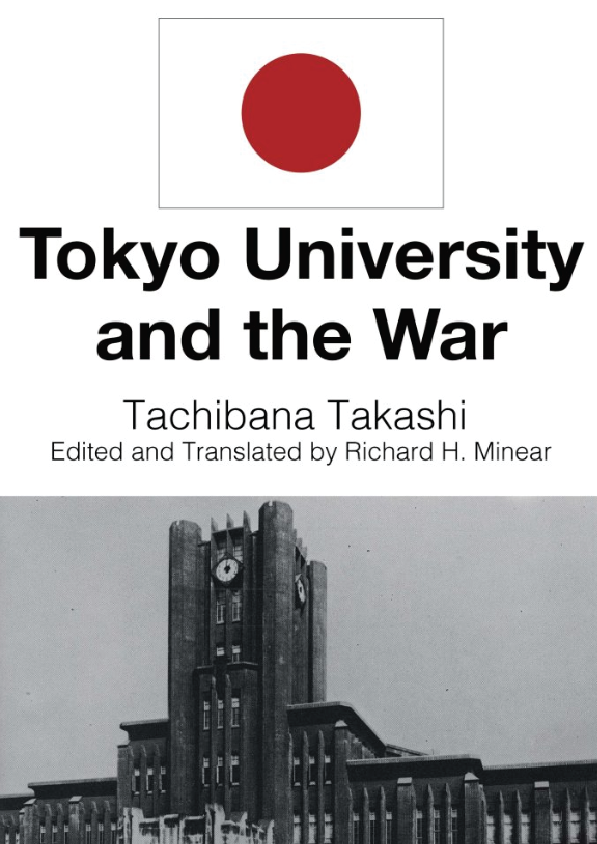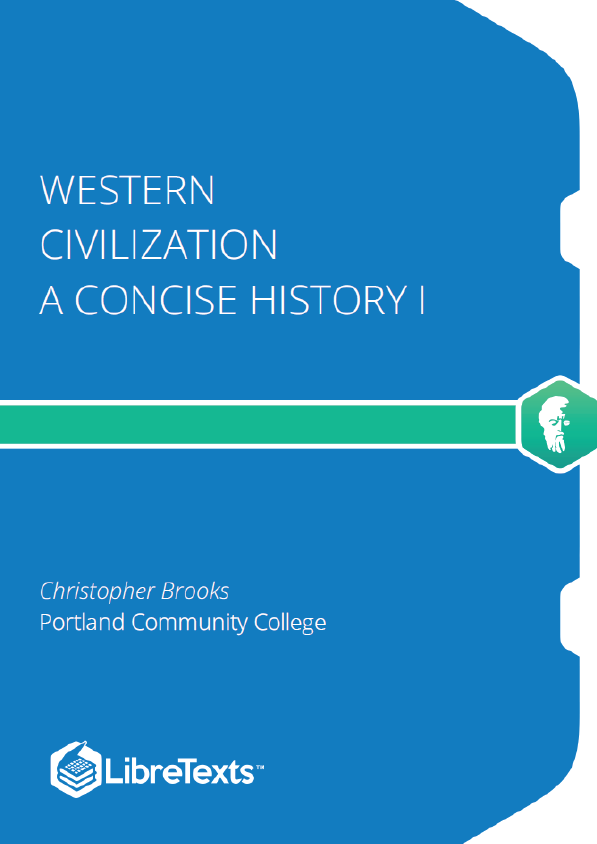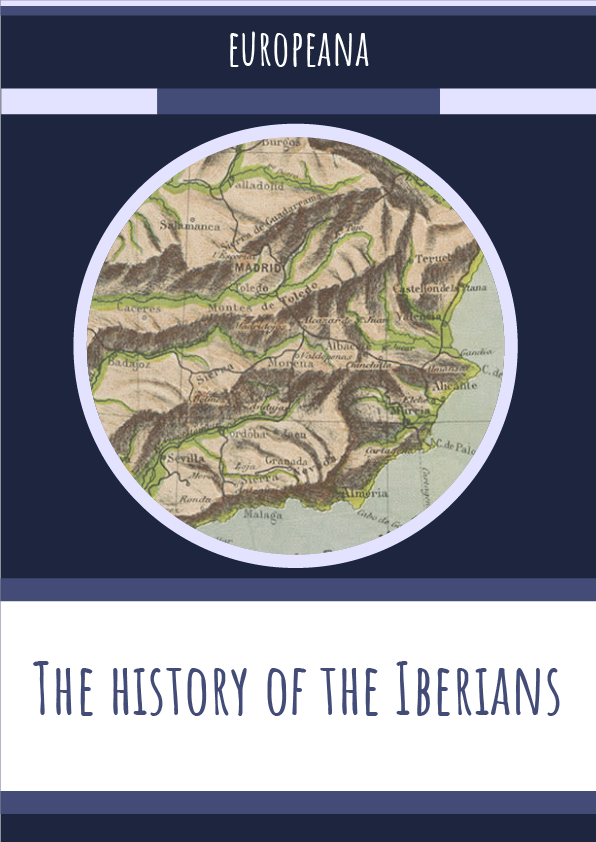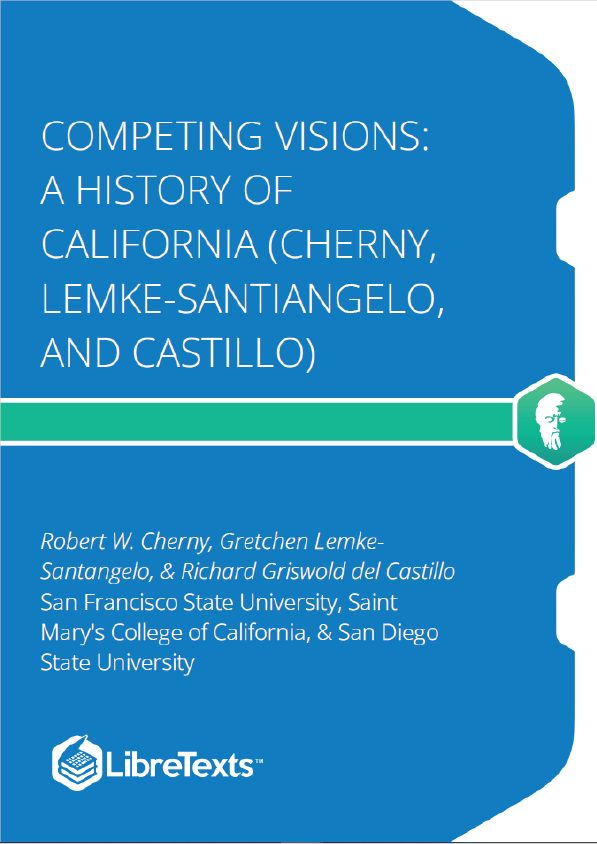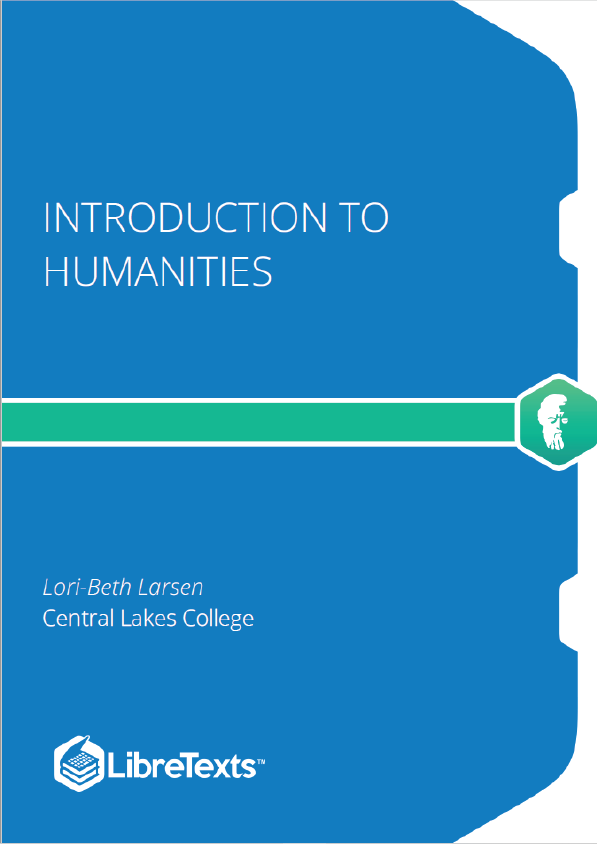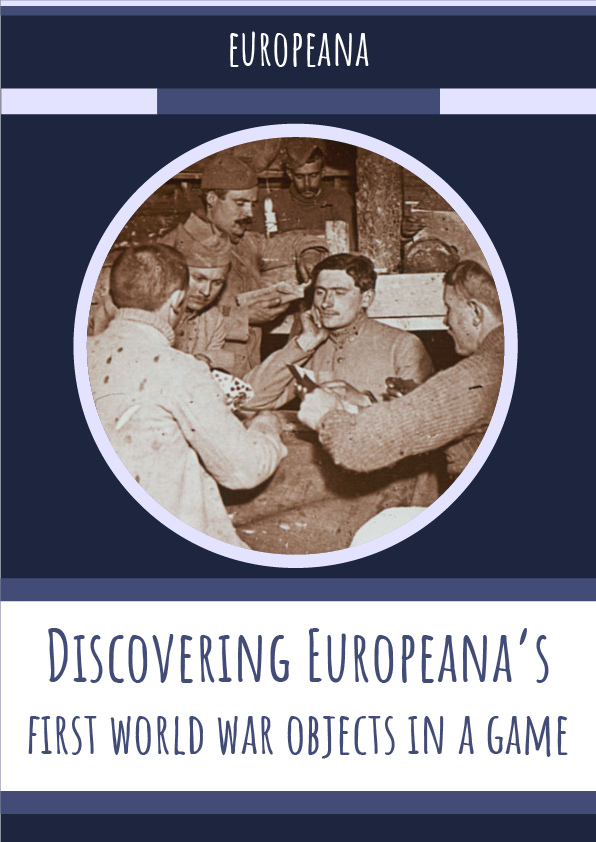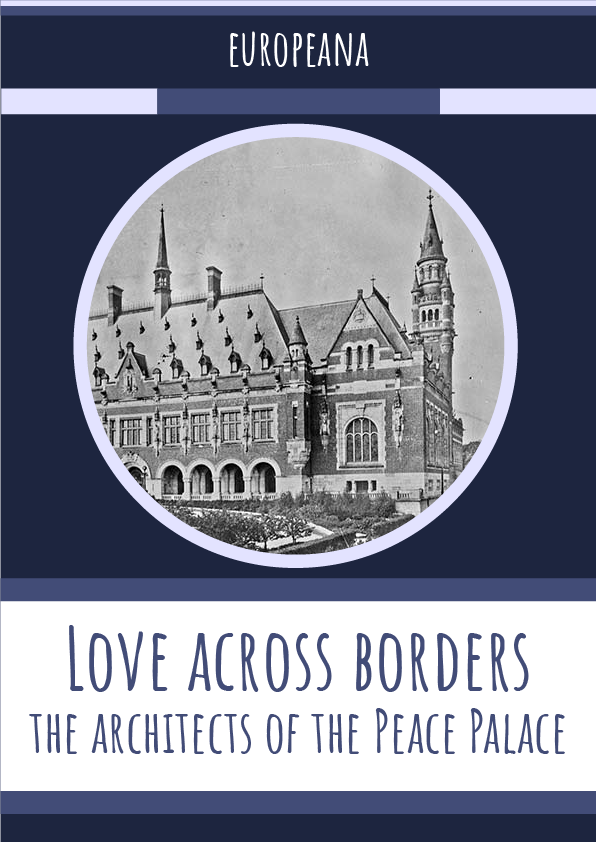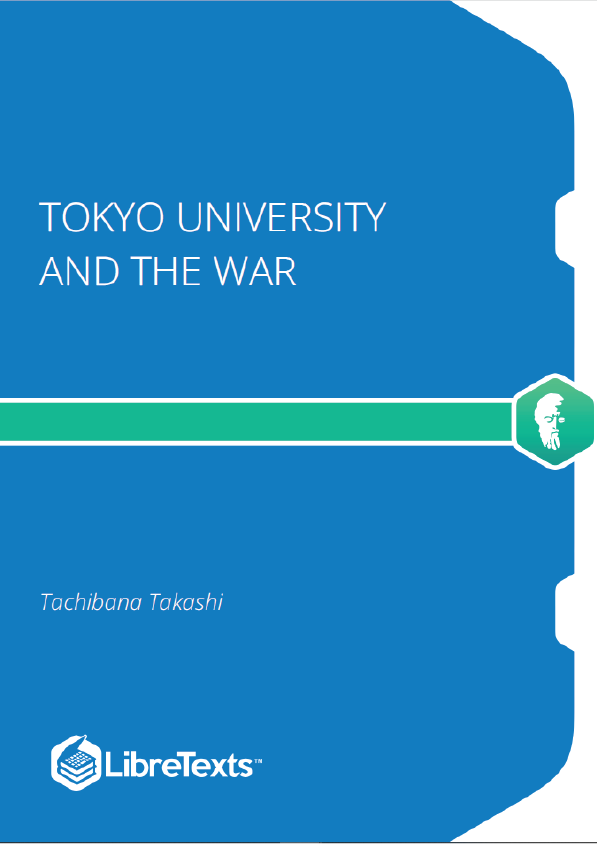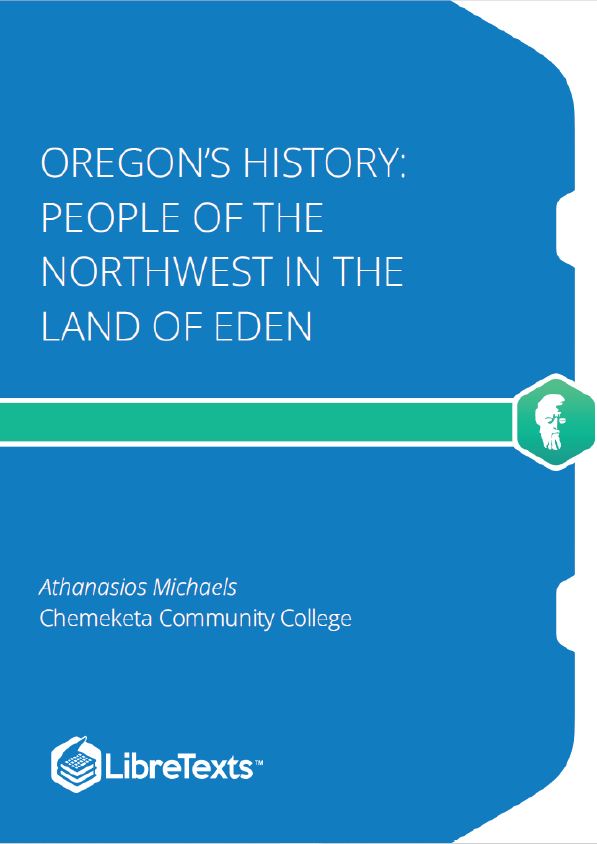In which the author lambastes the Tōdai Faculty of Law for its failure to respond forcefully to the attacks from the outside on one of its most distinguished professors, Minobe Tatsukichi. Minobe had already retired, but the attacks intensified after 1934. In September 1935 he resigned from the House of Peers. The author focuses on Minobe’s disciple Miyazawa Toshiyoshi and his junior colleague Nambara Shigeru. This chapter is Chapter 51 in the Japanese original. Readers should remember that they are beginning the author’s account not in mid-stream but fully three-quarters of the way across.
Going along or acting out of conviction, most Tokyo Imperial UniversityRHM: The formal title of the university before the war was Tokyo Imperial University (Tōkyō teikoku daigaku, Teidai for short). After the war it became Tokyo University (Tōkyō daigaku, Tōdai for short). To minimize confusion, I have used Tōdai throughout. professors cooperated actively with the military and the war. But some professors—albeit a minority—stood at the opposite pole. The two who deserve to stand at the top of this list are Kawai Eijirō and Yanaihara Tadao of the Faculty of Economics. Because of their fierce critical spirit, both lost their positions as professors. Kawai was forced out in 1939 and died during the war, in 1944. Yanaihara was ousted in 1937 but reinstated right after the war and after serving as dean of the Faculty of Economics and then head of the General Studies Division, became president of Tōdai (1951-57).
Japan’s sudden turn to the right and the establishment of political control by the military took place after the February 26 Incident, and Kawai Eijirō was the only person in the entire world of commentators to criticize the military head-on for the Incident. In the Imperial University News of March 9, right after the Incident, he wrote: “First of all, we feel a duty to express deep condolences on the deaths of Home Minister Saitō, Finance Minister Takahashi, and Chief of Military Training General Watanabe, slain by the cruel bayonets. Quite a few politicians have fallen victim to the violence of the last several years—Hamaguchi Osachi, Inoue Junnosuke, Inukai Tsuyoshi; but when these people were felled, it was still unclear what the ideology of the opposing side was.RHM: Hamaguchi (prime minister), shot 1930, died 1931; Inoue (former Finance Minister) and Inukai (prime minister), assassinated March 15, 1932.So their deaths were literally unforeseen. But since the May 15 Incident, fascism—particularly fascism within the military—has become obvious and cannot be covered up. The men killed this time made opposition to this fascist trend their conscious goal and likely foresaw that the result might be their own deaths; yet they faced that prospect head-on and sought with their bodies to stem the tide of fascism.”
(state socialism) bore the brunt of his criticism. Beginning in 1933 he published essays on current events from that perspective, one after the other, in various journals of opinion; in 1934 he collected them into the book Critique of Fascism. Fuasshizumu hihan, Tokyo: Nihon hyōronsha, 1934. This book sold well, one printing after another. The infamous Minoda Muneki, leader of the right-wing assault on “leftist” intellectuals, deluged him with criticism—Kawai was an “early proponent of the tactic of the Popular Front,” a “collaborator with social democratic revolution,” a “proponent of bald-faced intervention in the prerogative of supreme command,” an “anti-military, anti-war” thinker, a “proponent of Chinese-style dependence on England and the U.S.”RHM: Minoda’s phrase shinajinteki [literally, like Chinese people] has at least a tinge of condescension. Shina for China was common, usually derogatory, usage in the 1930s. The Home Ministry, too, told Kawai through intermediaries that it wouldn’t ban his books but asked him to withdraw them voluntarily. Kawai refused to do so, saying, “If you want to ban them, be my guest!”
